SATI MAA
Our Indian mythology is brimming with numerous tales of Gods and Goddesses along with their varied avatars or manifestations. These stories serve a specific purpose and help in teaching moral values to devotees. While these anecdotes involving our devis and devtas aim to entertain and enthrall us, one can’t help but notice how spirited, passionate and feisty they are. One such tale would be of Goddess Sati and how she came to be.
ORIGINS
Sati is not believed to be a Vedic Goddess but you will find some references to the wife of Lord Shiva in specific Vedic literature going by the name of Ambika. This name, though, is later used to denote other devis. Rudrani is another name used for Shiva’s wife but it is not confirmed that these goddesses were Sati. This is why it is not completely confirmed whether Sati’s origins are in Vedic literature. Subsequently, Sati goes by one of her more common names – Uma Haimavati in the Kena-Upanishad, even though she is not Lord Shiva’s spouse. When it comes to references, one of the earliest was Sati in the Hindu epic Mahabharata where she is portrayed as living with Shiva in the Himalayas. Apart from textual evidence, there is some archaeological proof for her origins and history, including coins that have a picture of a Devi that is connected to the Shiva symbol.
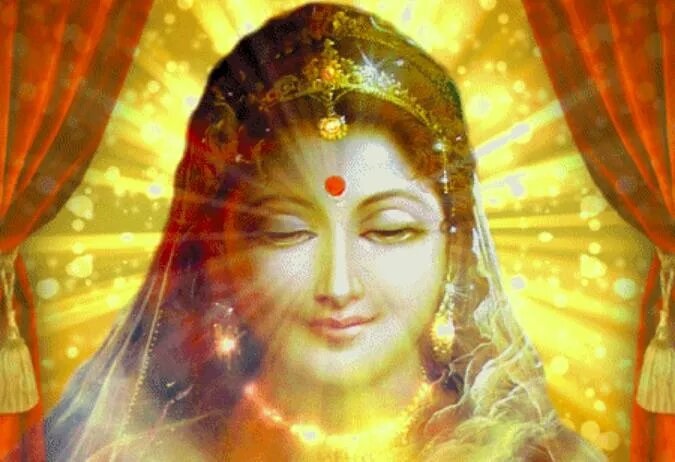
WHO WAS GODDESS SATI?
Also referred to as Dakshayani, Sati is a Hindu Goddess of marital felicity and longevity. She is believed to be the first wife of Lord Shiva and is considered to be a part of Parvati or Goddess Adi Shakti. While she tends to be extremely fierce with a scary temper, she can also be exceptionally loving with a kind nature. As per the Hindu legend, both Sati and Parvati, helped Lord Shiva to leave his ascetic isolation and participate more in Samsara (the material universe). Sati is known for immolating herself in the sacrificial fire when she witnessed her husband’s humiliation. Her loyalty, passion and love were so deep for her spouse that she could not bear to live on when she saw he was insulted by her father.
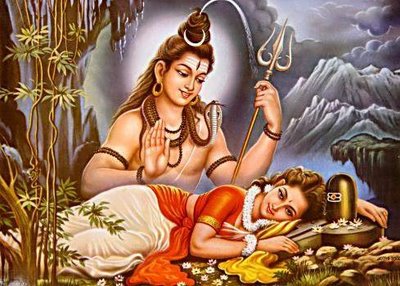
LIFE OF GODDESS SATI
Her Birth
When King Daksha and Queen Prasuti desired a daughter, they sought Lord Brahma (Daksha’s Father) for advice. He recommended them to pray to Goddess Adi Parashakti. The couple left at once to please the all-powerful Devi. They picked an appropriate spot in the middle of the woods to start meditating on the goddess. They prayed to the deity with full concentration despite adverse weather conditions and wild animals roaming nearby. Devi Adi Parashakti was happy to witness the couple’s dedication, and she appeared on the spot in a godly avatar with thousands of hands holding innumerable weapons.
The couple conveyed their desire to have a daughter with the Devi. Being pleased with their utmost devotion, she bestowed them with the boon that she will be born to them. But she also warned them that if she feels insulted at any time, she will instantly go back to her original avatar and go away forever. The couple consented to Devi’s condition. Later, they were blessed with a daughter – the human birth of Goddess Adi Parashakti. She was named Dakshayani – the daughter of Daksha.
Her Marriage
Lord Brahma (Father of Daksha) wished for Dakshayani to wed Lord Shiva. Sati desired to bring Shiva out of penance and began to observe him from childhood. She was intensely devoted to Shiva and decided to marry only him once she grew up. Thus, she did not pay any heed to the many marriage proposals that came to her from renowned kings.
She decided to leave all her comforts and walked into the deep woods to win the heart of the ascetic Shiva. She knew that the only way to please Shiva would be to perform penance. She started meditating by fasting and reciting holy mantras. She continued to meditate in Lord Shiva’s name despite harsh weather conditions like the extreme cold.
Her penance eventually succeeded. Lord Shiva decided to manifest in front of her as he was quite happy with her commitment and agreed to marry her. Thrilled beyond belief, Sati returned to her palace and anticipated the day Lord Shiva would wed her.
Her Demise
After the wedding, Daksha arranged for a yagna at this palace where he invited everyone – gods, goddesses and kings. But he did not send an invitation to his daughter Sati or her husband Lord Shiva. This is because Daksha was unhappy that his daughter married Shiva, who he still considered to be his arch-enemy. When Sati came to know about the yagna and realized that her father had not invited her or her spouse, she was very sad and disappointed.
She wanted Shiva to accompany her but he refused and also advised his wife to not go there as he knew she would be belittled there. But Sati disobeyed Shiva’s counsel and visited her father’s palace.When Daksha saw his daughter at the Yagna, he became livid and screamed at her. He made it clear that neither Sati nor her spouse was welcomed there. He continued to humiliate her and Lord Shiva in front of everybody. Eventually, Sati could not bear the insults anymore. Previously, in her Goddess avatar, she had warned Daksha and Prasuti, that if she were to be disgraced in any way, she would go back to her original form. Since Daksha broke the promise, she glided into the burning fire and put an end to her human life.
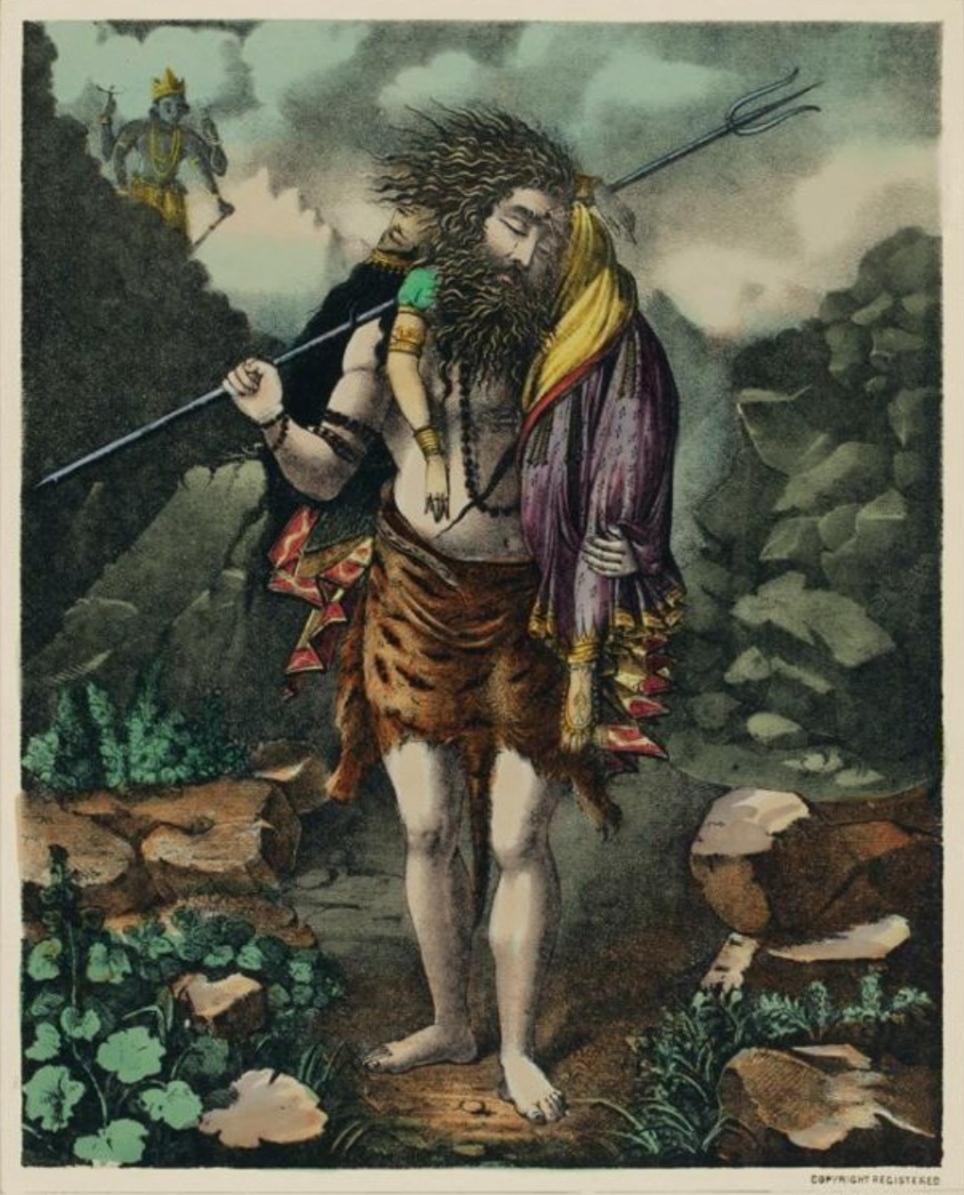
Shakti Peethas
Lord Shiva was filled with sorrow after the demise of Sati. With immense grief, he roamed around the universe carrying Sati’s body and remembering memorable moments of them as a couple. Using Sudarshana Chakra, Shri Vishnu sliced her body into 51 body parts. It dropped down to Earth and became a holy pilgrimage that the devotees can visit to honour the Goddess. To finish this enormously vital task, Lord Shiva acquired the Bhairava avatar.
These sacred places where the body parts of Goddess Sati fell are referred to as Shakti Peethas. One of them is the Guhyeshwari Temple housed in the Kathmandu district of Nepal. The Maya Devi temple is another religious site for Goddess Sati, located in Haridwar, India. Chandika Stan, is a sacred temple in Munger, India. Likewise, you can visit Katyayani Peeth temple situated in Vrindavan, Uttar Pradesh, India.
POPULAR AND EFFECTIVE PRODUCTS FOR GODDESS SATI
Rudraksha For Goddess Sati
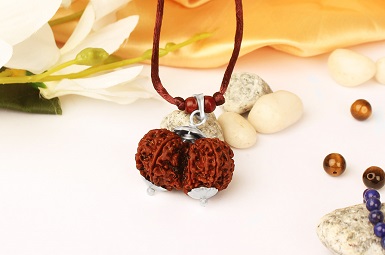
CHOOSE FROM NEPAL BEADS
CHOOSE FROM JAVA BEADS
Gaurishankar Rudraksha represents the divine unification of Shiva and Shakti and is considered to be the rarest and most powerful Rudraksha. It symbolizes the divine union of the Soul and mind represented by Lord Shiva and Goddess Sati. Brings harmony, and positivity and awakens the person spiritually.
Mahashakti Ratna Kavacham
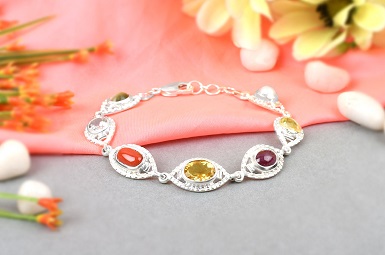
Powerful bracelets comprise a variety of Gemstones. All gems are 100% natural and untreated and of 3 - 4 carats each. These bracelets provide stability, willpower, strength, fame, wisdom and protection.
CHARACTERISTIC TRAITS OF GODDESS SATI
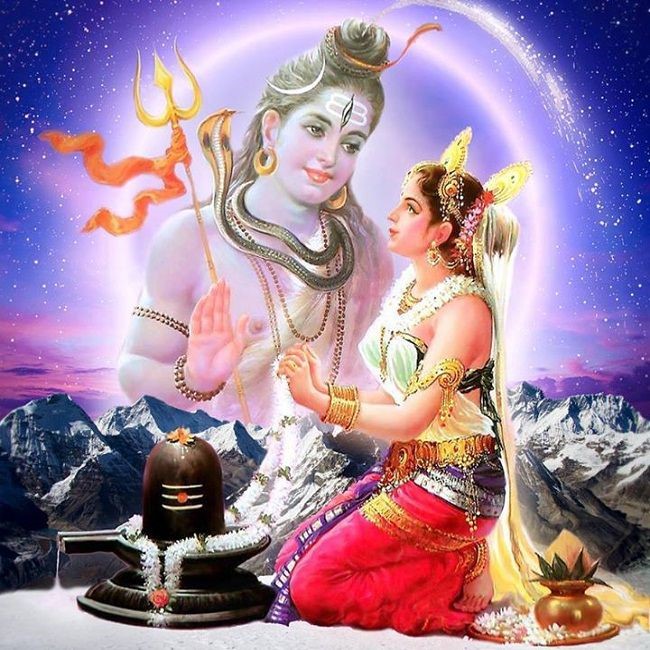
Also referred to as Dakshayani as she is the daughter of Daksha, Sati is a Hindu Goddess who is known to be truthful and virtuous. She represents marital felicity and longevity. She is venerated as a part of the mother goddess Shakti. She is intelligent and highly skilled in varied art forms such as singing, dancing, cooking, and martial arts. Even though she is known to have a fiery temper, she can also have an exceptionally kind and compassionate nature. Devi Sati is believed to be gorgeous. But it was her devotion, penance, and commitment that won the heart of the ascetic Shiva. As per the Hindu legend, even though Sati grew up surrounded by luxuries, she was willing to leave the royal life and retire to the woods. She dedicated herself to the rigors of a hermetic life and worshipping Shiva.
SIGNIFICANCE OF GODDESS SATI’S SACRIFICE
Sati’s father, Daksha and her husband, Lord Shiva, never saw eye-to-eye on anything. Daksha did not like her marrying Shiva because he did not fit his definition of a god, in terms of his appearance, behaviour and the way he carried on in his life. But, after Sati’s demise, the conflict between the father and son-in-law ended. Her death was the ultimate sacrifice that eventually restored peace between them. Even though her demise was tragic, it is what ultimately reinstated peace on the planet.
Sati sacrificing herself can be considered as a sort of addition to the yogic inclinations, which she had throughout her life. She knew that her demise was one with a powerful purpose and every part of her body would eventually serve to shield dharma and bless the sites as they fell onto the earth. In this way, the planet could be viewed as the manifestation of Devi Sati. As the Universal Supreme Mother, Goddess Sati is accountable for upholding the process of formation, conservation and obliteration. Her life epitomizes the philosophy that what is born needs to die and that death finally goes on to give birth to a new life. When she punishes her father for his ego and insolence, she also restores dharma on Earth.
INTERESTING ANECDOTES ON GODDESS SATI
The Mahabhagavata Purana showcases Sati as a fierce warrior. When Lord Shiva did not want Sati to visit the yagna event, she transformed into ten frightening Mahavidya goddesses led by Kali and enclosed him from ten cardinal directions. Witnessing his better half’s powers, Shiva let her attend the event.
Another vital legend connected to Sati is the creation of the Shakti Peetha. They are holy shrines of the Mother Goddess, believed to be enriched with the presence of Shakti owing to the body parts of Sati’s corpse falling to earth. Some say a grief-stricken Shiva performed the Tandava dance with Sati’s dead body, which resulted in her body coming apart and the pieces falling to various sites on the planet. But there are other narrations in certain texts that allege that an immensely sorrowful Shiva aimlessly roamed with Sati’s corpse, leading to universal imbalance. Lord Vishnu was called upon to reinstate Shiva to some semblance of normalcy and calm. Vishnu made use of his Sudarshana chakra to dismember Sati’s dead body, following which Shiva was able to regain his equanimity.
A dejected Shiva returned to his ascetic world. Sati was then reborn as Parvati who was the daughter of Himavat, king of the mountains and the embodiment of the Himalayas and his spouse Mena. Unlike Daksha, Himavat deeply admired Shiva and appreciated him. Subsequently, Parvati, like Sati, won Shiva’s heart with dedicated penance and married him.
DAKSHA YAGNA
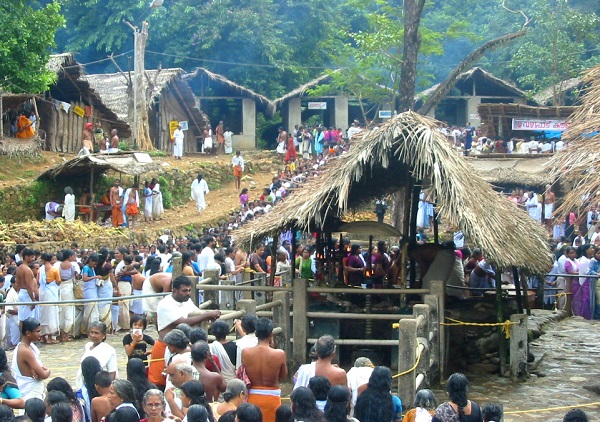
The mythology of Daksha Yagna and Sati’s ultimate sacrifice by self-immolation had a massive significance in developing the ancient Sanskrit literature and even influenced the culture of India. It resulted in the growth of the idea of Shakti Peethas and thereby boosting Shaktism. Huge mythological tales in the Puranas took the Daksha Yagna as the purpose for its origin. It is a vital episode in Shaivism that leads to the existence of Goddess Parvati, in the place of Sati and making Lord Shiva a householder, thereby resulting in the origin of Ganesha and Kartikeya.
A 27-day yagna ceremony – Kottiyoor Vysakha Mahotsavam, is performed in the tranquil hilly jungle location in North Kerala annually, thus honouring the Daksha yagna. It is thought that Devi Sati self-immolated in this place and supposedly this is the place of Daksha yagna.
BENEFITS OF WORSHIPPING GODDESS SATI
Sati is a Hindu goddess who is venerated as an aspect of Shakti. She stands for marital felicity and longevity. If you’re seeking marital bliss with your soulmate or there are problems in your married life, you should sincerely pray to Goddess Sati. If there are issues, she will help you overcome problems in your marital life. If you are single and seeking a spouse, she will assist you in obtaining a compatible partner.
You can also book Shiv Shakti Puja online with Rudra Centre where it will be performed by learned Karam Kandi priests from Shivakasi.
FESTIVALS DEDICATED TO GODDESS SATI
Navratri, which refers to nine nights, is a festival devoted to Goddess Durga. Her forms, recognized as both Devi and Shakti, are the feminine features of the divine. Each of the nine nights of the Navaratri honours a different devi. The Goddess worshipped on the first night of the festival is Shailaputri – daughter of the mountains. She is commonly known as Sati as well as the Goddess of Nature. According to Hindu legends, unable to bear the insults directed at her husband Lord Shiva by her father King Daksha, she threw herself into the sacred fire of the yagna and self-immolated. She was subsequently reborn as Goddess Parvati, daughter of the Himalayas and married Lord Shiva.

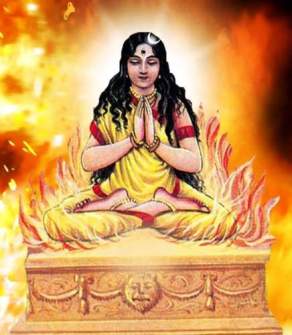



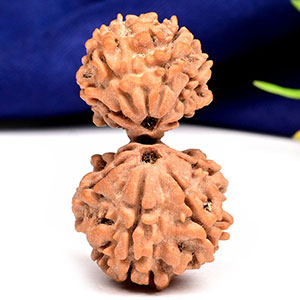
.jpg)


Comments 0
Leave your thought here